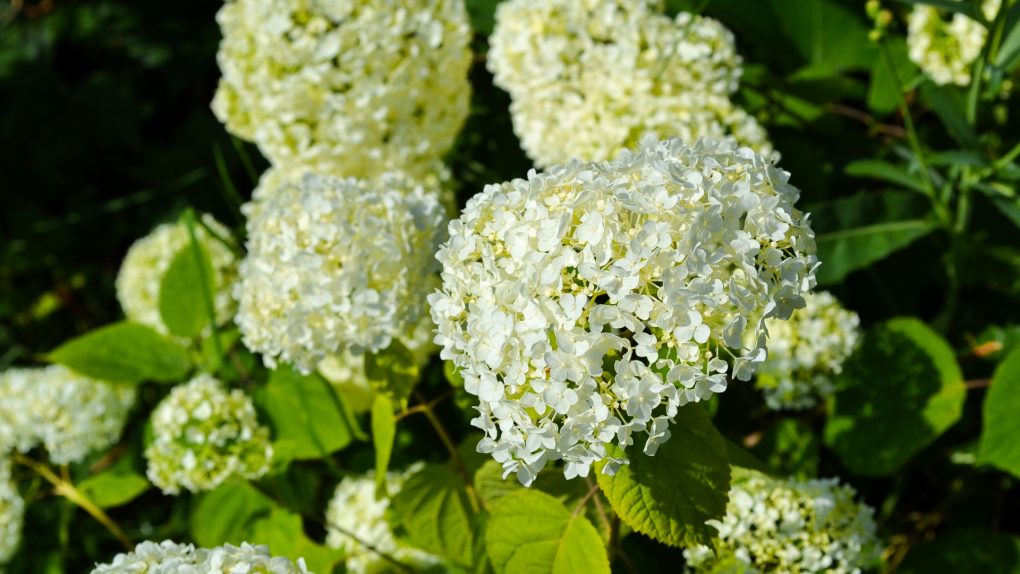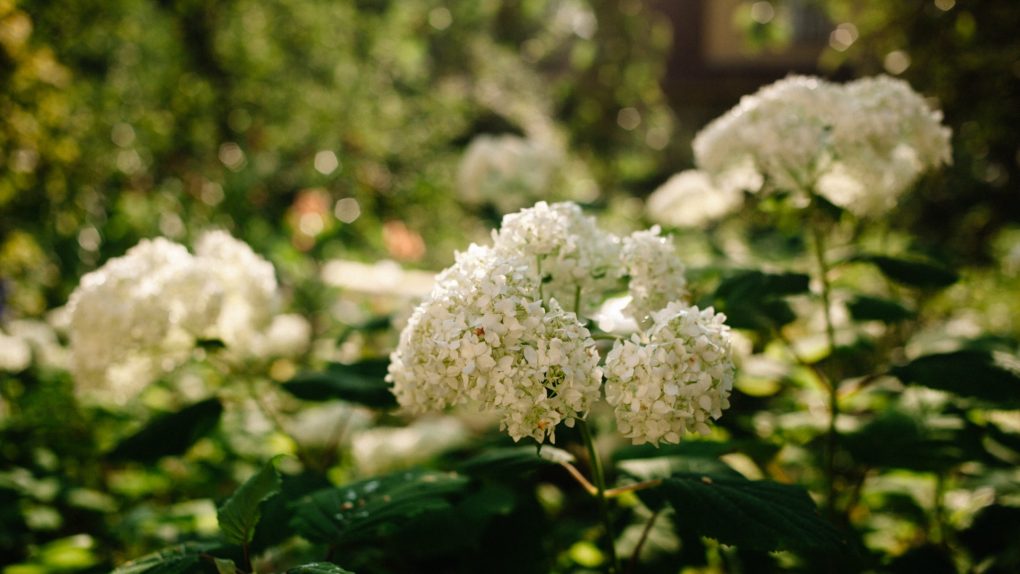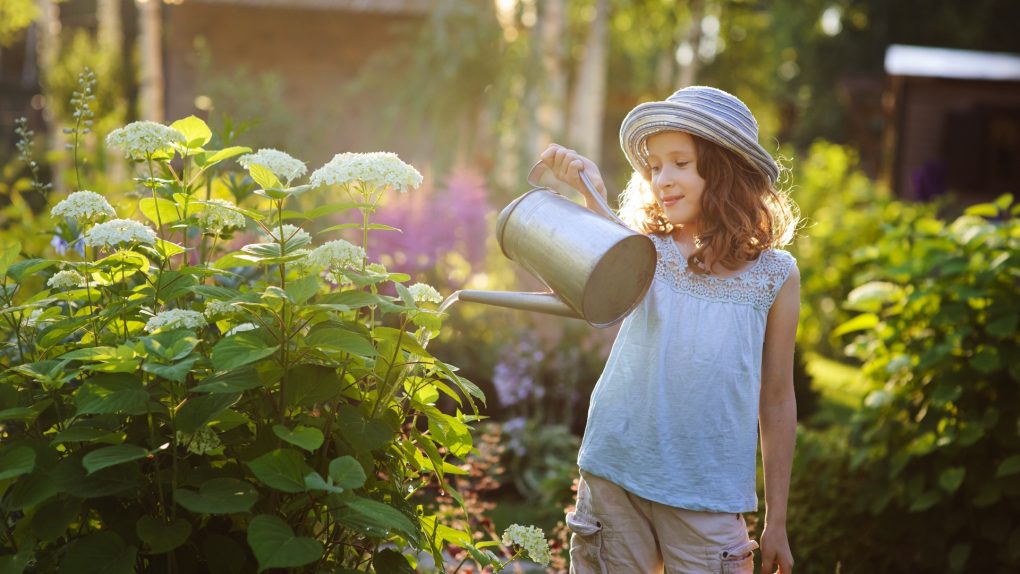How Quickly Does Hydrangea Paniculata Grow?
Hydrangea paniculata, also known as panicle hydrangea, is a fast-growing shrub species. It typically grows around 1 to 2 feet per year, reaching a mature height of 8 to 15 feet and a width of 6 to 8 feet, depending on the cultivar. However, some dwarf varieties have smaller dimensions.

The speedy growth rate of Hydrangea paniculata is influenced by factors such as planting location, sunlight exposure, and proper care. A sunny site combined with well-drained soil rich in organic matter and consistent watering will contribute to the plant’s optimal growth. Pruning in late winter or early spring also encourages healthy, vigorous growth.
Table of Contents
Growth Rate of Hydrangea Paniculata
Hydrangea Paniculata is a beautiful flowering shrub that exhibits a moderate growth rate. Its growth can be observed for several years, with notable milestones. Understanding the growth timeline of this plant can help gardeners and enthusiasts plan and care for it effectively.
Here is a breakdown of the growth stages and their corresponding timelines for Hydrangea Paniculata:
1. Year 1: During the first year of growth, the hydrangea typically focuses on establishing its root system. It develops a strong foundation underground, which is crucial for its future growth and overall health.
2. Year 2: In the second year, the plant begins to put more energy into above-ground growth. It starts producing new stems and foliage, gradually increasing in size. While the growth may still be relatively modest, the hydrangea sets the stage for more significant development in the following years.
3. Year 3: By the third year, the hydrangea starts to showcase its potential. The shrub becomes more robust and fuller, with increased foliage and a greater number of stems. It begins to exhibit the signature panicles of flowers for which it is renowned.
4. Year 4 and beyond: As the hydrangea matures beyond the third year, its growth rate accelerates. The plant becomes more substantial and expansive in terms of its size and the number of flowers it produces. It reaches its peak in growth and bloom, delighting gardeners with its abundant and vibrant blossoms.
To summarize the growth stages and timelines of Hydrangea Paniculata:
| Year | Growth Stage |
| 1 | Establishing root system |
| 2 | Initial above-ground growth |
| 3 | Increased foliage and the emergence of flower panicles |
| 4+ | Accelerated growth, larger size, and abundant blossoms |
Growth Factors of Hydrangea Paniculata
Hydrangea paniculata, commonly known as panicle hydrangea, is a stunning flowering shrub that captivates with its large, showy blooms. It thrives in various climates and offers a beautiful addition to any garden or landscape. Understanding the key growth factors of Hydrangea paniculata is essential for successful cultivation and maintenance. In this section, we will explore the factors that contribute to the growth and vitality of this popular hydrangea species.
1. Sunlight
Hydrangea paniculata flourishes in full sunlight to partial shade conditions. Ideally, it should receive at least six hours of direct sunlight daily. Adequate sunlight promotes healthy growth, enhances flower production, and intensifies the coloration of the blooms. While panicle hydrangeas can tolerate some shade, insufficient sunlight may result in weaker growth, decreased blooming, and less vibrant flowers.

2. Soil Conditions
Panicle hydrangeas are adaptable to various soil types but thrive best in well-draining soil with a slightly acidic to neutral pH. Ensuring proper soil moisture without waterlogged conditions is essential, as excessive moisture can lead to root rot and other detrimental issues. Regularly testing the soil pH and making necessary adjustments can help maintain optimal growing conditions for Hydrangea paniculata.
3. Watering
Hydrangea paniculata requires regular watering to support its growth and development. While it is crucial to keep the soil moist, it is equally important to avoid overwatering, as excessive moisture can suffocate the roots. Deep, thorough watering once weekly is generally sufficient, ensuring the water reaches the root zone. The frequency and amount of watering should be adjusted according to the specific needs of the plant and the prevailing weather conditions.

4. Pruning
Pruning plays a vital role in maintaining the health and shape of Hydrangea paniculata. It is best to prune panicle hydrangeas in late winter or early spring before new growth emerges. By removing dead or damaged wood, thinned branches, and cutting back older stems promotes air circulation, encourage new growth, and enhances overall plant vigor. Pruning can also help control the size and shape of the plant, ensuring a more aesthetically pleasing appearance.
5. Fertilization
Appropriate fertilization can significantly impact the growth and blooming capacity of panicle hydrangeas. A balanced slow-release fertilizer formulated for flowering shrubs, applied in early spring and again in midsummer, can provide the necessary nutrients for healthy growth and abundant blooms. Following the manufacturer’s instructions and avoiding over-fertilization is important, as excessive nutrients can lead to imbalanced growth and reduced flower production.
